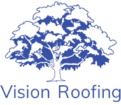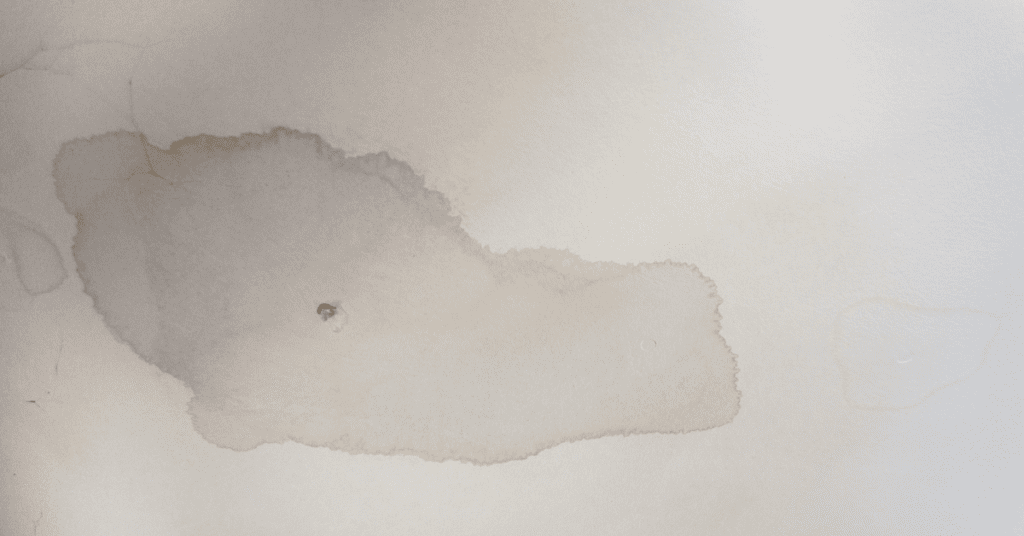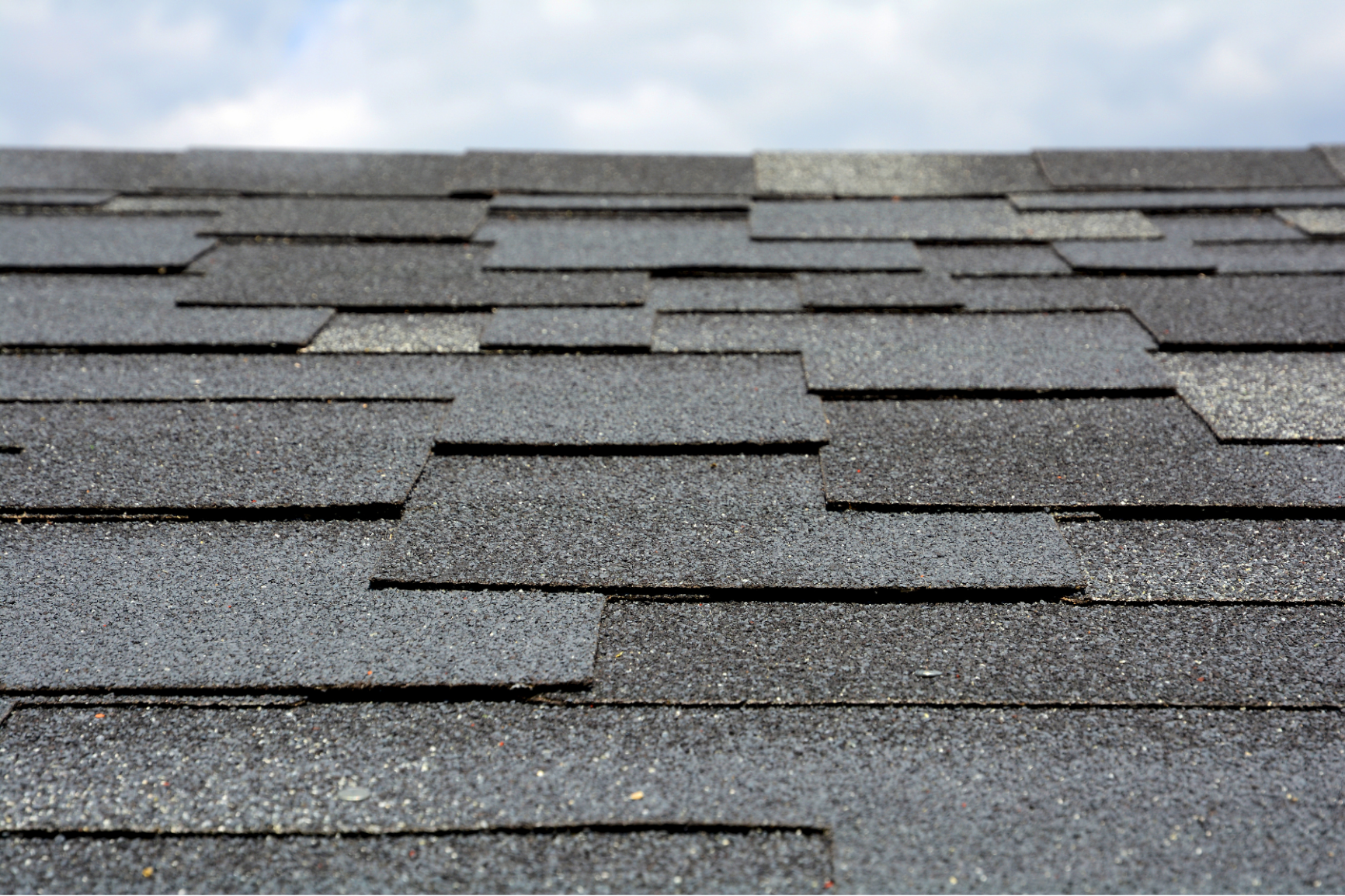If you see water spots, dripping, or moisture buildup in the attic of your home, you could have a leaky roof. Some of the most common signs of a leaking roof include:
- Notable water spots on the ceiling of the home
- Moldy or musty smells in the attic or top floor
- Missing shingles exposing the underlayment or roof decking
- Evidence of water damage in the home such as damaged drywall
- Actually noticing the drip in your home
The most common signs of a roof leak are not always obvious until you have a much larger problem, though. That’s why an annual inspection is one of the best ways to ensure your roof is in good condition and less likely to have significant leaks.
It’s Critical to Identify a Leaking Roof Fast
Paying close attention to changes in your home is critical. Not doing so can lead to the buildup of moisture, which can lead to health complications for anyone with respiratory illnesses like asthma or allergies.
The longer a leak exists, the more moisture gets into the home. That moisture seeps into the insulation, the drywall, and the wood itself. Over time, especially in humid areas, the moisture can develop into mold or mildew. If it does not dry readily, it can also weaken the structural integrity of the entire home, creating a much larger problem for you. That’s why it is critical to identify the signs of a leaking roof immediately.
How to Know You Have a Roof Leak
The signs of a roof leak may be obvious or quite hidden. That’s why it is often best to be aggressive when it comes to the roof. Have a professional roofing contractor out to inspect the roof any time there is damage to it or after a storm is beneficial. In the meantime, there are a few key things to look for to spot a leak.
Water Spots
When water penetrates into soft materials, like the ceiling and drywall in your home, it causes discoloration. Initially, you may notice that it looks wet. When it dries, chances are good you’ll have a yellowing or brown color in these areas. These spots may be dry – but that doesn’t mean you’re out of the woods. Rather, there is a leak that needs to be addressed before the next rainstorm.
Drips and Moisture
Whenever it rains, take a quick look at the ceilings or attic space in your home. Seek out areas of moisture. In the attic, pay close attention to water on structural beams. The leak may be in a completely different place than where a water spot develops. That’s because the water travels down these beams to various areas before hitting the ceiling. Also look for evidence of moisture on the insulation, such as pooling water, dampness, or discoloration.
Damaged Roof
You may not see direct evidence of a leak in all cases. However, you may see damage to the roofing material that indicates a high risk for a leak being present or developing in the short term. Don’t climb on the roof. Instead, step back away from the home to visually see it. Use the zoom feature on your phone’s camera for a better view. Look for:
- Missing shingles
- Debris sitting on the roof
- Areas of flapping underlayment
- Actual holes
- Dings or pot marks on the roof
- Missing flashing around the chimney and other structures
If you notice this, have a roof inspection for roof leaks. Any time the surface of the roof has damage like this, it indicates a high risk for leaks.
Other Signs of a Damaged Roof or Leaking Roof
Look for hidden signs of a roof leak as well. This may include:
- Soffits that are clogged or overly dirty
- Mold along the roof and exterior walls
- Mildew growth on the surface of the roof
- Rusted gutters
- Damage including rusting of roof vents
- Missing gutter aprons
- Rusting along the chimney or valley flashing
What to Do About a Leaky Roof
Recognizing any of the signs of a leaking roof? If so, take steps to protect your home. That means calling a roofing contractor to set up a full inspection and repair.
In some situations, roof replacement is beneficial to you. That’s the case when the damage is significant or the roof decking has damage to it. It’s also beneficial when a large area of the roof (or all of it) has signs of leaks.
Replacing the roof is not always a requirement. In some situations, repairs can be made to just the impacted area, reducing costs and ensuring the home remains safe from further damage. Not fixing a small leak can lead to a much bigger problem in a short time, though.
Charlotte Roof repairs or replacements often require the removal of the damaged area of shingles, repair to the decking surface if needed, and the placement of new underlayment and shingles. The goal is to create a new, water-tight area.
It’s also important to consider replacing rusted gutters, flashing, or other damaged areas. Inside the home, be sure to tackle those water stains, clean up mold or mildew properly (it will continue to spread), and make repairs to the attic space.
Don’t Go It Alone – Let Our Team Help You
Roof replacement with Vision Roofing is an option for safeguarding your home. It’s critical not to wait to get help if you notice damage to the roof. Contact Vision Roofing now for a roof inspection and an estimate for all work to be completed.



